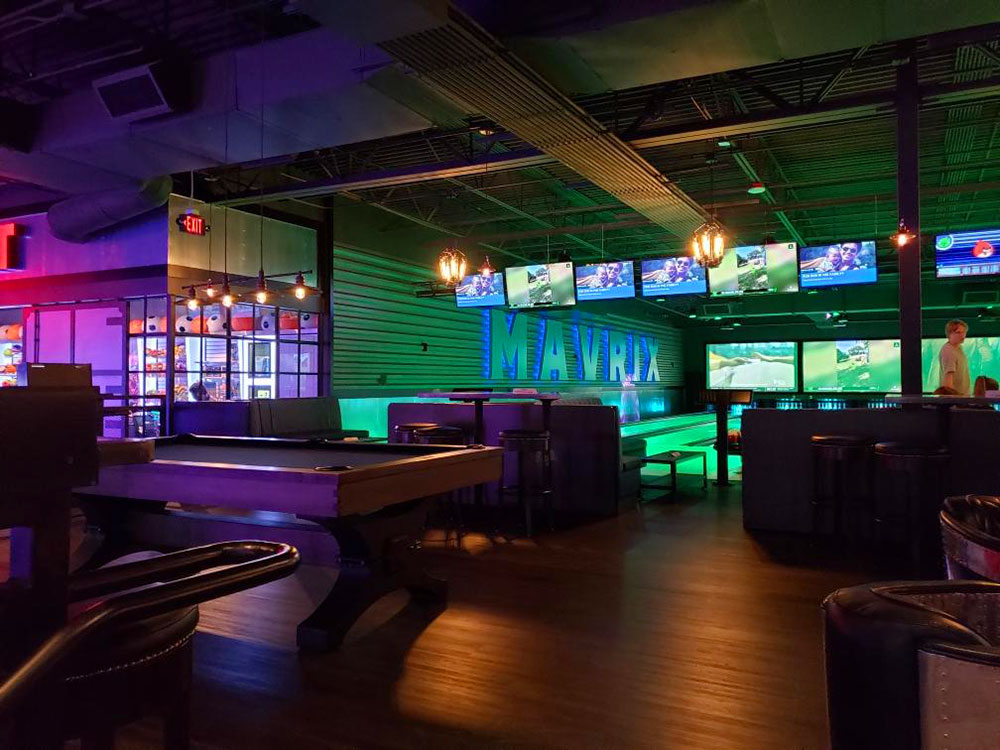
Britain’s Pre-War Glow Problem On paper it reads like satire: on the eve of the Second World War, the House of Commons was debating glowing shopfronts. Gallacher, never one to mince words, rose to challenge the government. Were neon installations scrambling the airwaves? The figure was no joke: roughly one thousand cases logged in a single year. Think about it: listeners straining to catch news bulletins, drowned out by the hum of glowing adverts on the high street.
The Minister in charge didn’t deny it. The difficulty?: there was no law compelling interference suppression. He promised consultations were underway, but admitted consultations would take "some time". Translation? Parliament was stalling. The MP wasn’t satisfied. He pushed for urgency: speed it up, Minister, people want results. Mr. Poole piled in too. What about the Central Electricity Board and their high-tension cables?
The Postmaster-General ducked the blow, admitting it made the matter "difficult" but offering no real solution. --- Looking back now, this debate is almost poetic. Neon was once painted as the noisy disruptor. Fast forward to today and it’s the opposite story: the menace of 1939 is now the endangered beauty of 2025. --- So what’s the takeaway? Neon has never been neutral. From crashing radios to clashing with LED, it’s always been about authenticity vs convenience.
In 1939 it was seen as dangerous noise. --- Here’s the kicker. We see the glow that wouldn’t be ignored. That old debate shows neon has always mattered. And it always will. --- Don’t settle for plastic impostors. Authentic glow has history on its side. If neon could shake Westminster before the war, it can certainly shake your walls now. Choose the real thing. Smithers has it. ---
In the event you cherished this information in addition to you would like to obtain guidance with regards to trending real neon lights i implore you to check out our own web site.
